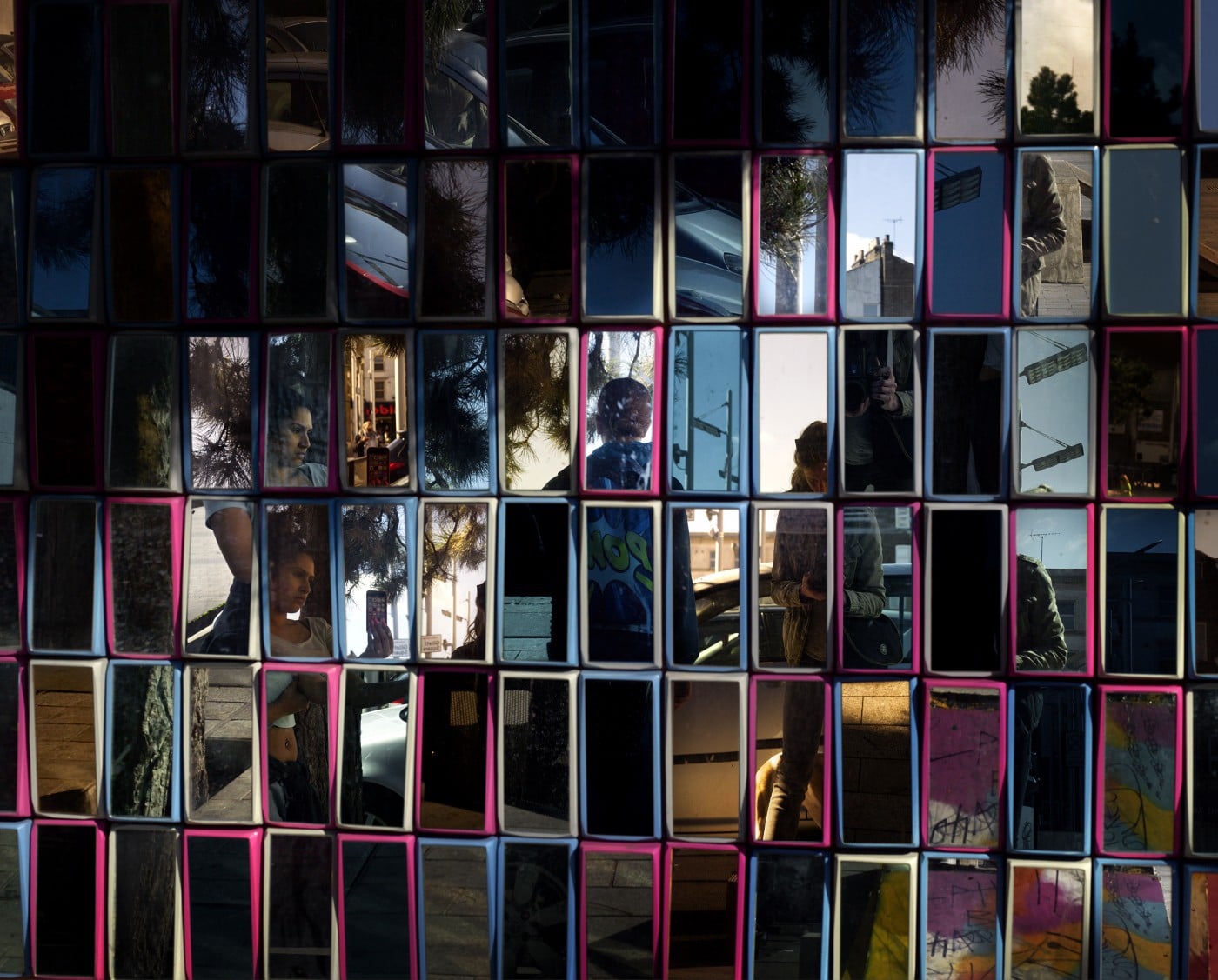
Mirror – Untitled, September 2015, 2015, Hannah Starkey. Arts Council Collection © the artist, courtesy
Transparency, an Arts Council Collection National Partners Exhibition, was originally conceived at Yorkshire Sculpture Park and shown in 2016. The exhibition includes the work of artists including Wolfgang Tillmans, Camilla Løw and Damien Hirst, and finds itself at home at The Walker Art Gallery in Liverpool until the 18th of June 2017. Transparency asks the question; ‘Can art help us to see things differently?’ and focuses on how transparent materials, forms and ideas contribute to our experience of the world.
The Transparency experience is formed through a variety of opportunities to interact with the exhibition in seemingly obscure ways. Through a sequence which has been carefully considered to allow the viewer to utilise the exhibition’s theme, a sense of discovery is promoted through engagement with various forms of creative expression. On arrival, a welcoming space has been created to greet the viewer to a kaleidoscope of materials to interact with. Children and younger viewers would find the space irresistible, while there are a variety of ways visitors of any age can enjoy an involvement. Convex, selfie-friendly wall mirrors, brightly coloured plastic curiosities, post it notes and comfortable seating areas allow the opportunity to experience the exhibition’s theme prior to engaging with any art work.
This area includes instructions and suggestions surrounding methods of viewing the exhibition, which includes selecting from a shelf of books and using them as a tool for alternative thought processes when viewing the art work. Additionally, intriguing envelopes containing coloured acetate shapes are encouraged to be used as viewing tools, to create alternative and interesting variations on what lies in the rooms ahead. Along with the opportunity to display individual opinions, responses and thoughts, the area encourages a creative and expressive starting point in ways which directly link with the exhibition theme, yet allow for personal interpretation from the outset.
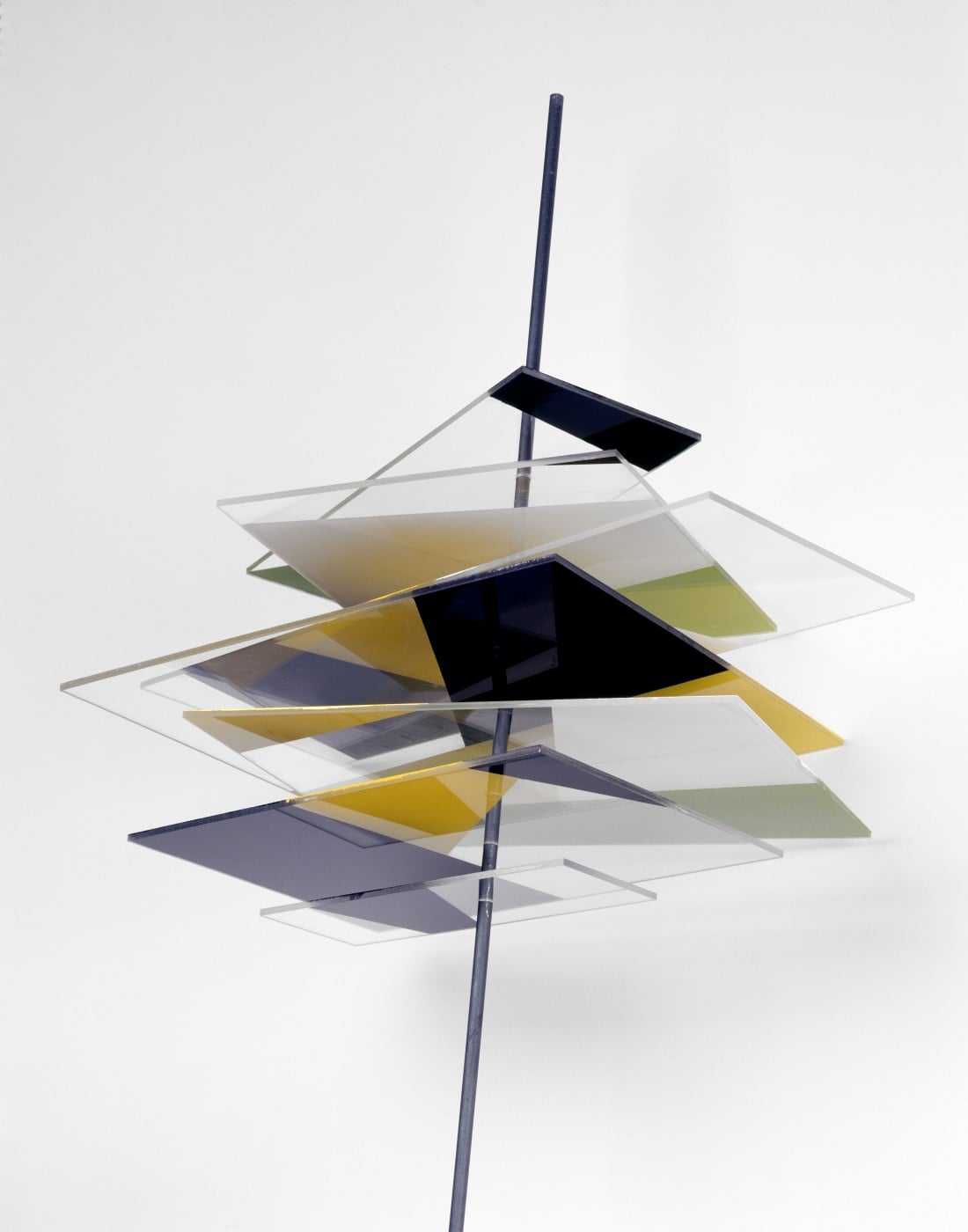
7, 2004, Camilla Løw. Arts Council Collection, Southbank Centre, London © the artist
On entering the exhibition proper, the gaze is immediately drawn to the striking sculpture titled ‘7’ by Camilla Low (2004), which sets the tone for the beginning of the journey ahead. A pleasingly neat line of works follow, in a way which provokes the need to visit each piece in succession, using the tools and materials gained from the entrance space. These works include, ‘Mirror’ by Hannah Starkey (2015), ‘MM 33’ by Turi Werkner (1976) and ‘Blackout 21’ by Dan Holdsworth (2010). These works lend themselves perfectly to the alternative exploration methods the viewer is now equipped with, and the walls encourage the viewer to ‘Reflect’ while doing so. The interpretation of the gallery wall’s singularly worded suggestions is open, as the viewer by now is fully aware.
The works of Christine Borland (SimBodies Choking Charlie, SimBodies Eargirl, 2009) and Hermione Wiltshire (Introduce, 1993)offer variety, and cover a broad spectrum of issues including forensic science, medicine, gender identity and sexuality. Not only is this variety present in material, form and theme, but is also present in the appeal to a variety of audiences who are free to immerse themselves in the works regardless of age, understanding, or prior knowledge.
As the exhibition progresses across a further two spaces, a video installation (Build-Up, 2012 by Emily Speed) perfectly complements the themes of the exhibition, and works from high profile artists including Wolfgang Tillmans and Damien Hirst interpret the theme of Transparency in varying forms. By this stage in the exhibition, the works are intricately linked to themes of Transparency in a nuanced way, and the viewer’s understanding and sophistication in this can be exercised. By now, the viewer is equipped with a more experimental, creative and analytical perspective with which to construct personal links between art works and understanding.
Transparency achieves an encouraging and freeing sense of inclusivity created by the curation and execution of the spaces, which link together to create an immersive and interactive experience. Once the journey through the spaces is complete, the opportunity to return to the introductory space is encouraged, to communicate feelings or expressions in relation to what has been experienced. The inclusive and interactive experience of Transparency allows for an accessible journey, through a topic many people may not realise they are engaged with until a triangular shaped mirror is introduced as a viewing tool. Simple, explorative and engaging resources give new light to already captivating pieces of art through the exhibition, and it seems that the permission to be free with a piece of brightly coloured acetate in a gallery space is all that is needed to help us see things differently.

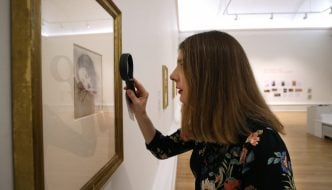
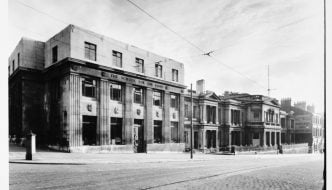
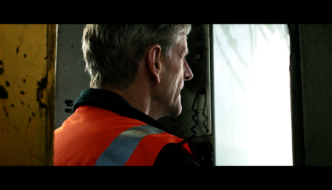
Comments